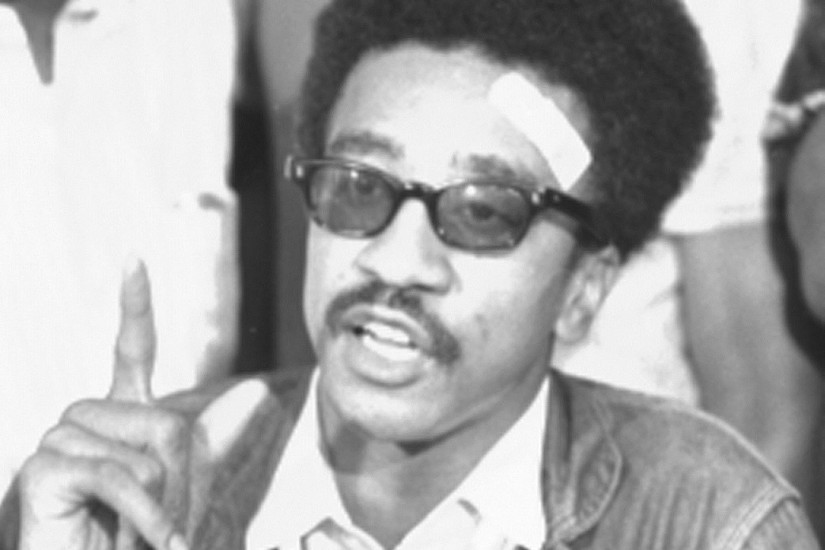The Story of SNCC
Written by Charlie Cobb, SNCC Field Secretary 1962-1967
Young activists and organizers with the Student Nonviolent Coordinating Committee, or SNCC (pronounced “SNICK”), represented a radical, new unanticipated force whose work continues to have great relevance today. For the first time, young people decisively entered the ranks of civil rights movement leadership. They committed themselves to full-time organizing from the bottom-up, and with this approach empowered older efforts at change and facilitated the emergence of powerful new grassroots voices. Before SNCC, with only a few exceptions, notably the Southern Negro Youth Congress (SNYC) during the 1930s and ’40s, civil rights leadership always meant grownups.
The Congress of Racial Equality (CORE) founded in 1942, grew during the 1960s because of a significant influx of young leadership into its ranks; but in that decade, there were more SNCC field secretaries working full time in southern communities than any civil rights organization before or since. Speaking on February 16, 1960 at the White Rock Baptist Church in Durham, North Carolina, Rev. Martin Luther King, Jr. acknowledged the emerging importance of young people: “What is new in your fight is the fact that it was initiated, fed, and sustained by students.”
Winds of Change
SNCC, of course, did not come out of nowhere. The Black Freedom Struggle began when, after a long and brutal “middle passage” across the Atlantic, captured Africans were enslaved on American soil. Memory of freedom struggle and the need for continuing struggle has been passed on from generation to generation.
Understanding the impact of World War II is an essential starting point for understanding SNCC. More than a million Black men served in that war, many of them southerners, and more than any single group, they changed the climate of the South. When these soldiers returned home after having fought for democracy overseas, many were unwilling to accept an undemocratic and white supremacist way of life in the United States. Both individually and collectively, they stood their ground in various ways, some taking on community leadership roles, particularly as leaders of local NAACP branches. Veterans in Clarksdale, Mississippi, for example, organized a Progressive Voters League. In Georgia, Black veterans organized the Georgia Veterans League, and in Birmingham, Alabama on February 1, 1946, Black veterans marched on the Jefferson County courthouse demanding the right to register as voters. The number of Black voters in the South increased modestly. At the beginning of World War II, only 2 percent of eligible African Americans were registered voters in the old Confederacy. By 1947, that number had increased to 12 percent, largely due to Black activism.
